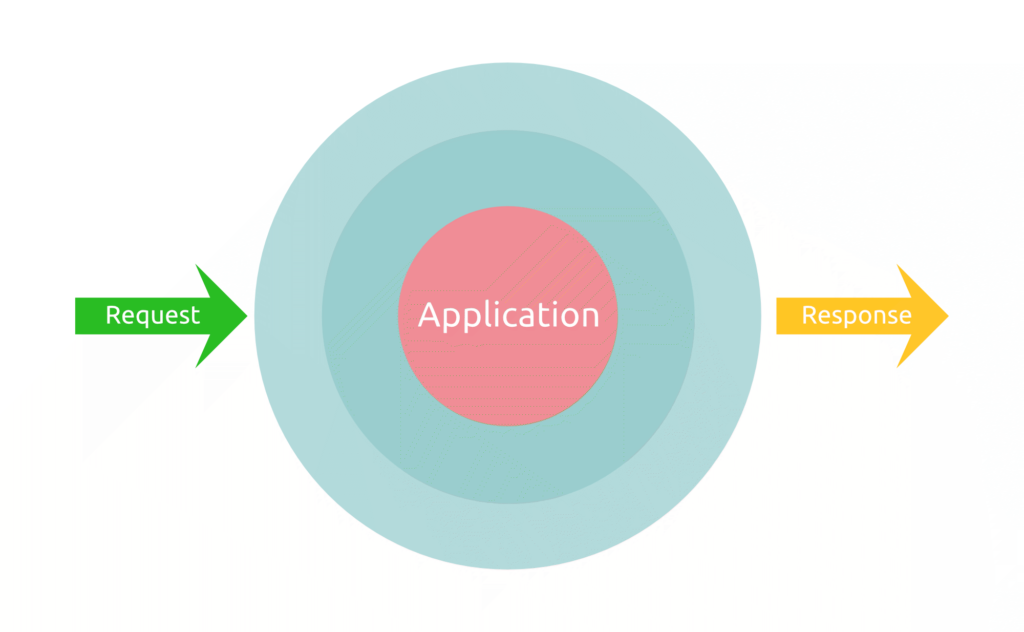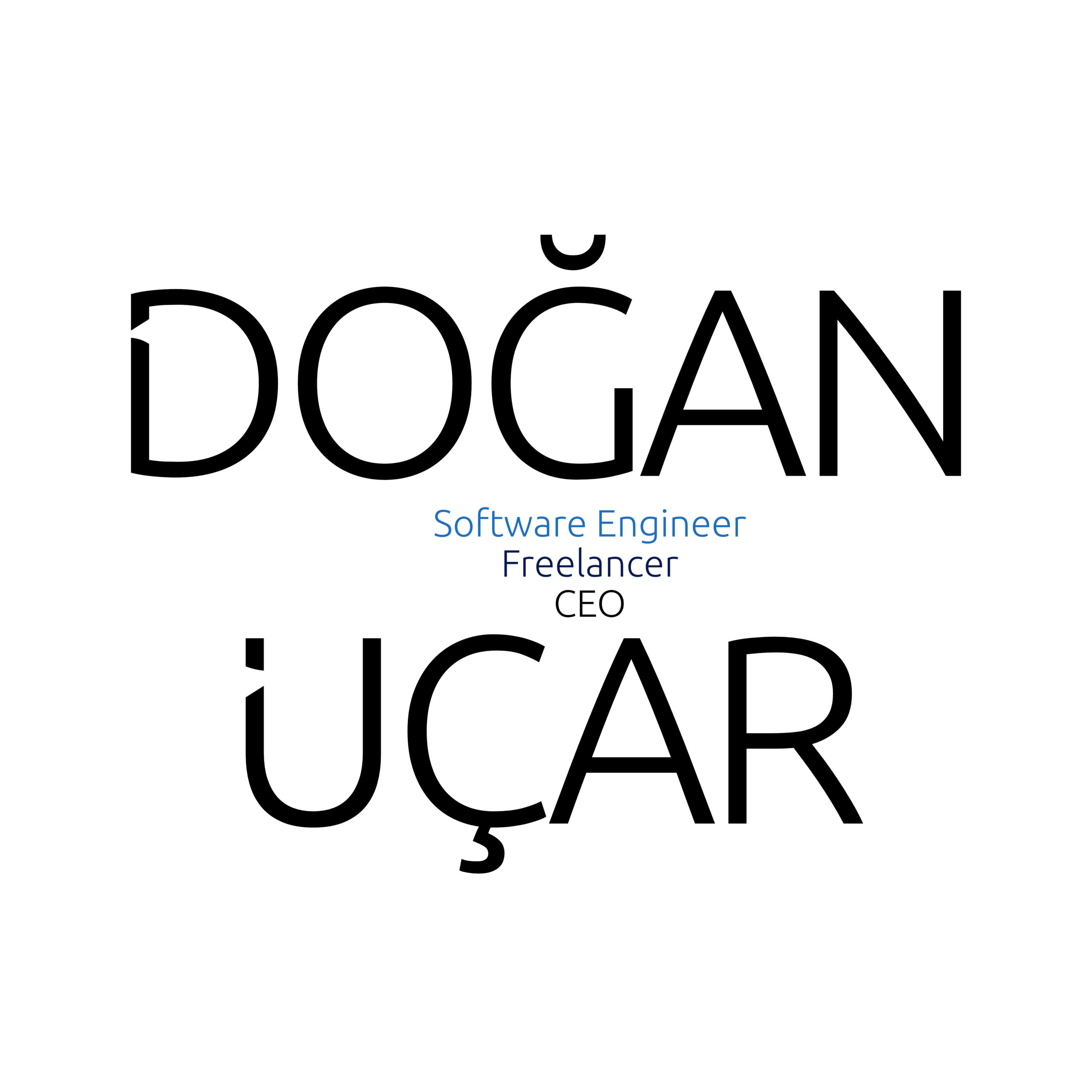In the fourth post of the Laminas Framework Series I want to compare middlewares using Mezzio and the MVC framework by Laminas. The Laminas Framework, despite its relatively new, it is derived as a full-fledged derivative and successor to the Zend Framework, firmly anchoring it in the context of PHP-centric enterprise software development. Mezzio, once identified as Expressive, is intrinsically designed around the middleware paradigm.
Further, Mezzio (Expressive) as a paradigm is relatively new compared to Model-View-Controller (MVC) which is the architecture of choice by Laminas (Zend) applications. This post should outline the differences.
Historical Context: From Zend to Laminas Framework
A little recap: The journey from Zend Framework to Laminas has been a transformative evolution in the PHP ecosystem. Initially launched as Zend Framework, the project was widely recognized for its robust, feature-rich, and scalable nature, catering to enterprise-level applications. Due to legal and reorganizational reasons, Laminas emerged as a continuation of Zend Framework under the Linux Foundation’s stewardship, ensuring open-source excellence and community-driven development.
Despite a rebranding, Laminas and Mezzio stay for a commitment to modern and modularized framework to meet contemporary development needs. Laminas as a project covers several components, but two prominent ones stand out for their distinct architectural patterns: Laminas MVC and Laminas Mezzio.
Did you know that Keestash is built with Mezzio? Check out the repository or sign up to use Keestash for free!
MVC vs. Middleware
To understand the divergence between Laminas MVC and Laminas Mezzio, we first have to understand the core principles of MVC (Model-View-Controller) and Middleware architectures.
Model-View-Controller
MVC, a time-honored design pattern and an acronym for Model-View-Controller, is a widely adopted design pattern in software engineering, particularly in web application development. Its primary purpose is to separate an application’s concerns into three interconnected components, promoting organized coding, ease of maintenance, and scalability. Here’s a bit more about each component and how Laminas implements this pattern:
- Model: This represents the application’s data and business logic. It’s responsible for retrieving, storing, and processing data. In the context of Laminas MVC, the model can interact with a database, handle data validation, and encapsulate the business logic of the application. It ensures that the data presented to the user and the business rules applied to the data are managed in a centralized place, promoting reusability and modularity.
- View: The View is all about presentation and user interface. It displays data to the user and sends user commands (like button clicks) to the Controller. In Laminas MVC, views are typically created using PHP scripts that generate HTML output. The framework provides a robust View layer that can be extended with helpers and plugins for common tasks like form generation, pagination, and layout management.
- Controller: This acts as the intermediary between the Model and the View. It processes user input, interacts with the Model, and decides which View should be displayed. In Laminas MVC, controllers are PHP classes that contain actions. Each action can perform tasks like gathering data from the Model and specifying which View should be used to present that data.
Further, among others, Laminas MVC outlines modularity and an event-driven architecture very high. The software architecture allows the segregation of applications into distinct modules, each possessing its own Models, Views, and Controllers and thus allowing code to get reused and managed in expansive applications. Concurrently, its event-driven nature offers developers the flexibility to integrate into and modify the application’s lifecycle at multiple junctures without modifying the fundamental code, fostering customization and extension with ease.
Middleware Architecture
Middleware – which is the central architectural aspect of Mezzio – takes a different approach, focusing on layering your application in a series of discrete, interconnected steps, often called a pipeline. Each middleware component handles a specific aspect of the request-response cycle, operating on a request, performing actions (like authentication, logging, etc.), and either passing control to the next middleware or generating a response.
In the context of web applications, middleware architecture is particularly powerful because it offers high flexibility and fine-grained control over the request handling process. It allows developers to plug in various functionalities as needed and ensures that these functionalities are loosely coupled and easily maintainable.

Mezzio is built on this middleware paradigm, implementing the PSR-7 and PSR-15 standard for messages and HTTP Server Request Handlers. It allows developers to build applications that are highly customizable, with each middleware component focusing on a specific task or rule. Mezzio allows building applications as a series of middleware pipelines. Each request can go through a tailored pipeline of middleware, each performing its specific task, such as routing, authentication, or error handling.
Architecture Differences
The architectural differences between Laminas MVC and Laminas Mezzio are rooted in their respective design patterns. Laminas MVC is structured, prescriptive, and ideal for complex applications with a predefined path. It’s excellent for developers who appreciate a clear structure and a guide for each application component’s role. Laminas Mezzio is fluid, flexible, and suited for applications requiring a high degree of customization. It’s a fit for scenarios where every request might need a different set of operations or where the application might evolve in unpredictable ways.
The choice between Laminas MVC and Laminas Mezzio should be informed by a thorough evaluation of project requirements, team capabilities, and the specific trade-offs each framework offers. Both frameworks are robust and capable, each excelling in scenarios that align with their architectural strengths.
Subscribe to my newsletter to download my guide for successful Mezzio applications
Conclusion
As a conclusion, this comparision between Laminas MVC and Mezzio Middleware, it’s evident that each framework carves its own unique niche within the PHP landscape, optimized to specific architectural preferences and project requirements. This recap served as a foundational overview, setting the stage for a deeper, more nuanced exploration into the intricacies of Mezzio Middleware.
With over a decade of hands-on experience in PHP and Mezzio programming, my journey through the area of server-side scripting and middleware integration has been both profound and transformative. The balance between structure and flexibility, as exemplified by Laminas MVC and Mezzio Middleware, resonates deeply with my professional ethos, balancing the rigorous demands of enterprise solutions with the dynamic agility required in modern web development.
Moreover, in the spirit of collaboration and mutual growth, my status as a freelancer isn’t just a professional designation; it’s an open invitation. For those embarking on ambitious projects or seeking guidance in the labyrinth of PHP development, my expertise is a partnership opportunity to elevate your projects with precision, innovation, and a touch of seasoned craftsmanship.
In this journey of technological exploration and collaborative creation, consider this not just a conclusion, but an open door. As we delve deeper into PHP development in general and Laminas in particular, my experience, insights, and dedication are at your service, ready to transform challenges into triumphs, one line of code at a time.


